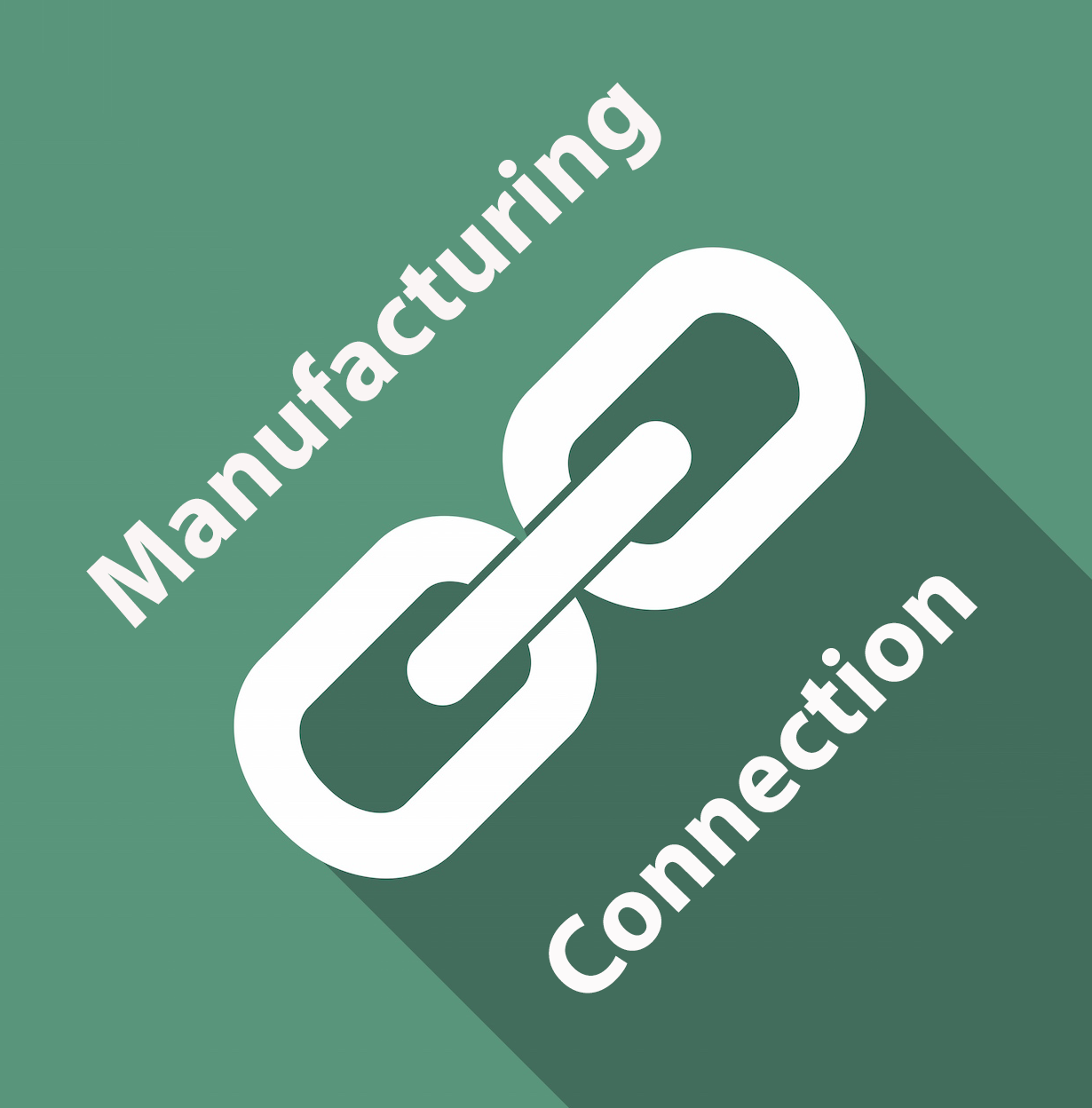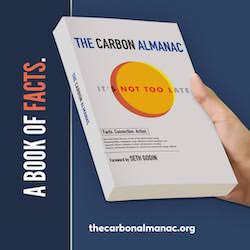
by Gary Mintchell | Feb 15, 2016 | Marketing
Media interests me. Magazines, Web, notifications, alerts, and maybe even TV (although to a much lesser degree). Much of the news I consume comes via email, a newsreader (RSS), a few magazines (for longer range thinking), and maybe a couple of apps.
Jason Calacanis, now an angel investor and inveterate self-promoter, made his initial money as a pioneer in Web-based media. He sold his blog-based “empire” to AOL, then started several other businesses. Recently he tried a news app and email newsletter. I really like the email newsletter–I like things delivered not where I have to go search.
Well, yesterday’s newsletter proclaimed that it’s time to know when to throw in the towel:
I’ve been beating my head against a wall for the last two years trying to make a news app experience work, and despite great reviews, I’ve failed.
So, we’re giving up on the Inside.com App and focusing 100% of our efforts on a medium that’s resulting in much better engagement — email!
WHY NEWS APPS FAILED
Very few people seem to want a dedicated news app, and while my team poured their heart and soul into building what I think was one of the two or three best news app experiences ever, we couldn’t get traction.
We got exceptional reviews, great press, featured by Apple, and tons of glorious feedback from users — but we didn’t have breakout success.
In this space, Automation World tried an app while I was still there. Don’t think it ever took off. Automation.com has a great app, but they never update it. So does ISA. And Profibus/Profinet US. But none seem to be going anywhere.
One problem is app saturation. It was such a good market to begin with, but people quickly grew tired of accumulating so many apps. I have five screens worth, and most people have far more. How do you keep up with them all?
I get blogs by feed reader or email. I don’t go searching much. I even failed to renew my Wall Street Journal subscription because it was all on the app, and I never go there. The NY Times sends me an email and its stories appear in my feed reader. Much friendlier.
Your Media Habit
So what is your media habit (aside from reading my site–or do you just read from the email)?
Do you spend much time with control and automation magazines?
What would you really like to serve you news you want?

by Gary Mintchell | Dec 1, 2015 | Marketing, News, Productivity
My new boss was chatting with me in his office. He turned to a shelf with notebooks and pulled one off the shelf. Opening it to a tab, he removed a section and told me to copy it and start my own notebook.
The contents were articles clipped and copied from trade press, B2B, magazines. He had given me a new position as program manager in product development. These were articles on project management and program management. This was my introduction to the trade press.
I subscribed and read a variety of publications over the course of the next 20 years collecting useful articles. Some of the magazines were quick reads. Articles were by people whose titles were “marketing manager” with the contents reflecting that point of view. Some were written by engineers or other practitioners with useful information.
When I became a trade press editor at Control Engineering in 1998, the media landscape was unchanged. It consisted of magazines delivered by the US Postal Service on a more or less regular basis.
Wow, but do we have so many ways of getting information these days. There remains the inevitable tension within the trade press of writing what advertisers want to see in print versus focusing on useful information for readers. Information availability moved rapidly from print to Web to email to Twitter to LInkedIn and Facebook.
Advantages and deficiencies
Web–I always had trouble “bookmarking” Websites to return to and read. Or to develop a regular system to go to my Websites to read what was new. It was usually impossible to see what was new, anyway. On the other hand, the Web is a great place to store large amounts of information whether for media companies or for technology suppliers. What I have always desired is a push notification telling me not only that something changed, but also directing me to what changed.
Pop-up ads and enticements, pop-overs, cluttered pages, proliferation of ads all serve to destroy my motivation to go to media Websites to read articles. The race to create as much ad revenue as possible has reached the point for me that I hate to visit to try to read an article.
You also have to beware the “listicle” article. Many devices are designed to get you to click–top 10, view three ways, here are 6 things you didn’t know about. Sometimes they even make you click each one individually. Know why? The publisher needs to improve page views and therefore ad impressions. I have mostly quit getting suckered in.
What I will do is go to an “advertiser” site for a good technical or business white paper or other such information. Today you are more likely to get the kind of information there that I used to copy into my notebook. Oh, and today, my notebook is Evernote.
Twitter–Initially a great conversation tool, now there is so much noise that I seldom look at the stream. The tools I used to sort through the flood often were killed by Twitter. This killed much of my enthusiasm. I still Tweet. Some people actually find them.
Email–Believe it or not, emails remain the best way of notifying people with reasons to visit a Website or otherwise send information. Maybe someday there will be a ubiquitous chat app (Messenger or Snapchat or Slack?) that would take the place of email–but wouldn’t it just be another form of email? In the meantime, it’s not email but the misuse of email that is annoying.
General media–I’m seeing many more articles in Forbes, The New York Times, Wall Street Journal and other such general media publications that once would be seen only in trade press. Coverage of the Internet of Things, for instance, may be stronger there, as well as coverage of safety and security.
The Future
For the curious, check out the recent Notifications Summit put on by a couple of technology luminaries John Borthwick of Betaworks and Steve Gillmor who is a long-time reporter and analyst of technology. Many hours of video were recorded. They were great presentations and conversations about the developing technologies and uses of notifications.
Start with John Borthwick.
Or go to TechCrunch and search for Steve Gillmor.






